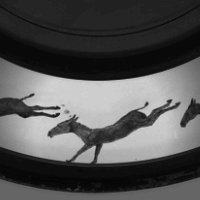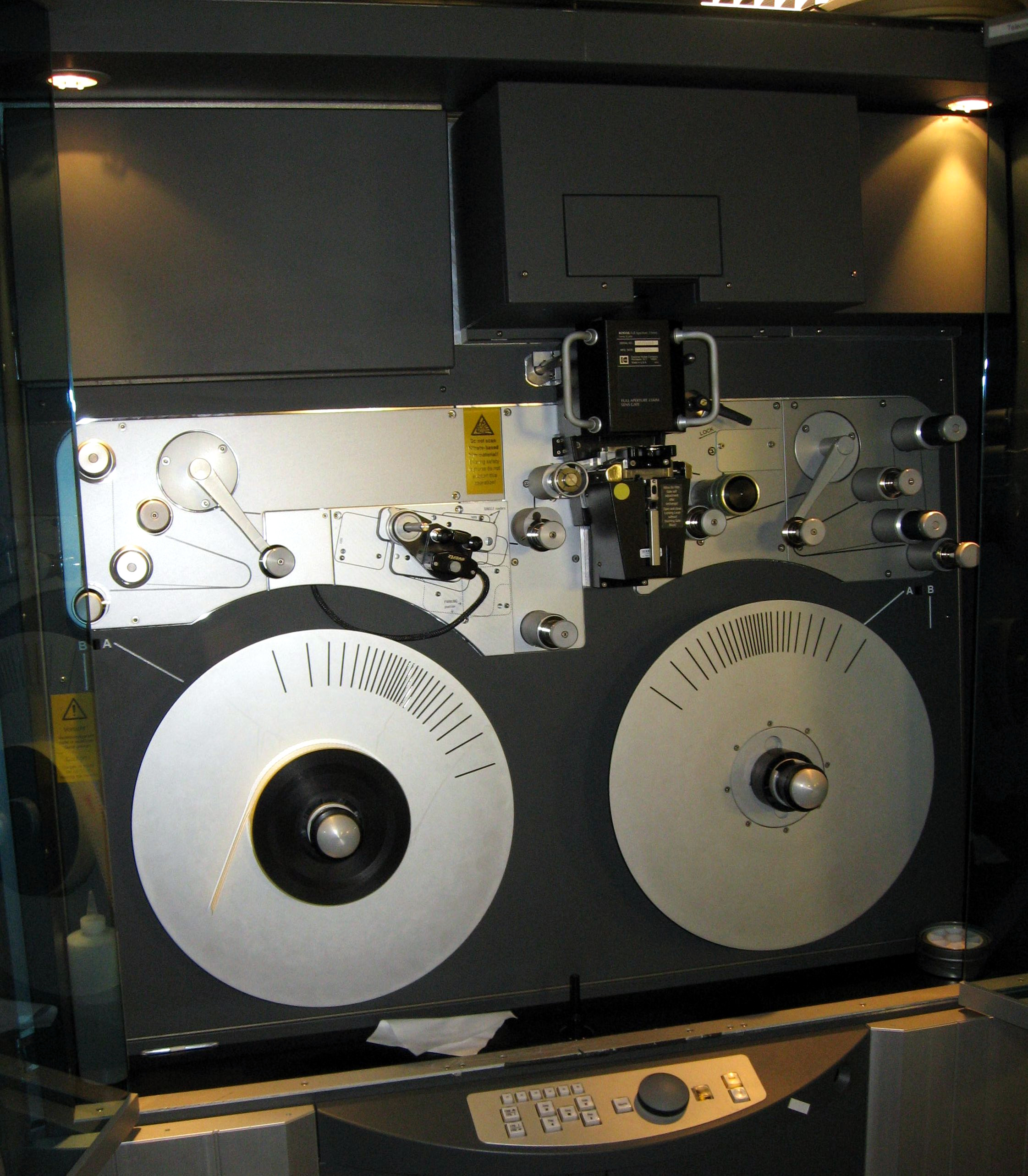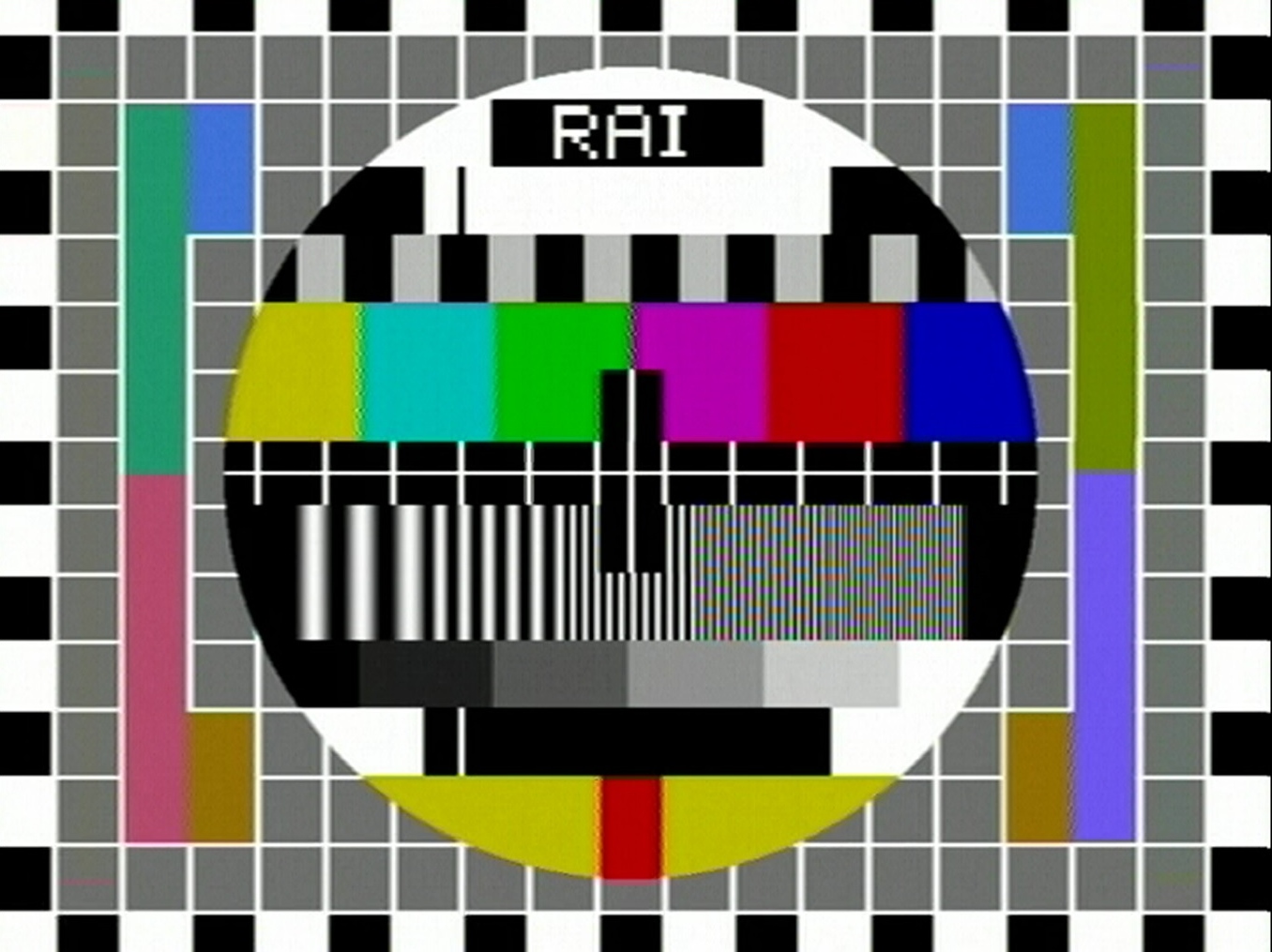|
Frame Rate
Frame rate, most commonly expressed in frame/s, or FPS, is typically the frequency (rate) at which consecutive images (Film frame, frames) are captured or displayed. This definition applies to film and video cameras, computer animation, and motion capture systems. In these contexts, frame rate may be used interchangeably with and refresh rate, which are expressed in hertz. Additionally, in the context of computer graphics performance, FPS is the rate at which a system, particularly a GPU, is able to generate frames, and refresh rate is the frequency at which a display shows completed frames. In electronic camera specifications frame rate refers to the maximum possible rate frames could be captured, but in practice, other settings (such as exposure time) may reduce the actual frequency to a lower number than the frame rate. Human vision The temporal sensitivity and resolution of human vision varies depending on the type and characteristics of visual stimulus, and it differs betw ... [...More Info...] [...Related Items...] OR: [Wikipedia] [Google] [Baidu] |
Frequency
Frequency is the number of occurrences of a repeating event per unit of time. Frequency is an important parameter used in science and engineering to specify the rate of oscillatory and vibratory phenomena, such as mechanical vibrations, audio signals (sound), radio waves, and light. The interval of time between events is called the period. It is the reciprocal of the frequency. For example, if a heart beats at a frequency of 120 times per minute (2 hertz), its period is one half of a second. Special definitions of frequency are used in certain contexts, such as the angular frequency in rotational or cyclical properties, when the rate of angular progress is measured. Spatial frequency is defined for properties that vary or cccur repeatedly in geometry or space. The unit of measurement of frequency in the International System of Units (SI) is the hertz, having the symbol Hz. Definitions and units For cyclical phenomena such as oscillations, waves, or for examp ... [...More Info...] [...Related Items...] OR: [Wikipedia] [Google] [Baidu] |
Movie Projector Shutter
A movie projector (or film projector) is an opto-mechanical device for displaying motion picture film by projecting it onto a screen. Most of the optical and mechanical elements, except for the illumination and sound devices, are present in movie cameras. Modern movie projectors are specially built video projectors (see also digital cinema). Many projectors are specific to a particular film gauge and not all movie projectors are film projectors since the use of film is required. Predecessors The main precursor to the movie projector was the magic lantern. In its most common setup it had a concave mirror behind a light source to help direct as much light as possible through a painted glass picture slide and a lens, out of the lantern onto a screen. Simple mechanics to have the painted images moving were probably implemented since Christiaan Huygens introduced the apparatus around 1659. Initially, candles and oil lamps were used, but other light sources, such as the argand ... [...More Info...] [...Related Items...] OR: [Wikipedia] [Google] [Baidu] |
Engadget
Engadget ( ) is a technology news, reviews and analysis website offering daily coverage of gadgets, consumer electronics, video games, gaming hardware, apps, social media, streaming, AI, space, robotics, electric vehicles and other potentially consumer-facing technology. The site's content includes short-form news posts, reported features, news analysis, product reviews, buying guides, two weekly video shows, The Engadget Podcast, The Morning After newsletter and a weekly deals newsletter. It has been operated by Yahoo! Inc. (2017–present), Yahoo! Inc. since September 2021. History Engadget was founded by former ''Gizmodo'' technology weblog editor and co-founder Peter Rojas. Engadget was the largest blog in Weblogs, Inc., a blog network with over 75 Blog, weblogs, including ''Autoblog.com, Autoblog'' and ''Joystiq,'' which formerly included ''Hackaday''. Weblogs Inc. was purchased by AOL in 2005. Launched in March 2004, Engadget was one of the internet's earliest tech blogs. ... [...More Info...] [...Related Items...] OR: [Wikipedia] [Google] [Baidu] |
Judder
Telecine ( or ), or TK, is the process of transferring film into video and is performed in a color suite. The term is also used to refer to the equipment used in this post-production process. Telecine enables a motion picture, captured originally on film stock, to be viewed with standard video equipment, such as television sets, video cassette recorders (VCR), DVD, Blu-ray or computers. Initially, this allowed television broadcasters to produce programs using film, usually 16-mm stock, but transmit them in the same format, and quality, as other forms of television production. Furthermore, telecine allows film producers, television producers and film distributors working in the film industry to release their productions on video and allows producers to use video production equipment to complete their filmmaking projects. Within the film industry, it is also referred to as a ''TK'', ''TC'' having already been used to designate timecode. Motion picture film scanners are simila ... [...More Info...] [...Related Items...] OR: [Wikipedia] [Google] [Baidu] |
Three-two Pull Down
Three-two pull down (3:2 pull down) is a term used in filmmaking and television production for the post-production process of transferring film to video. It converts 24 frames per second into 29.97 frames per second, converting approximately every four frames into five frames plus a slight slow down in speed. Film runs at a standard rate of 24 frames per second, whereas NTSC video has a signal frame rate of 29.97 frames per second. Every interlaced video film frame, frame has two fields for each frame. The three-two pull down is where the telecine adds a third video field (a half frame) to every second video frame, but the untrained eye cannot see the addition of this extra video field. In the figure, the film frames A–D are the true or original images since they have been photographed as a complete frame. The A, B, and D frames on the right in the NTSC footage are original frames. The third and fourth frames have been created by blending fields from different frames. Video 2: ... [...More Info...] [...Related Items...] OR: [Wikipedia] [Google] [Baidu] |
Dot Crawl
Dot crawl (also known as chroma crawl or cross-luma) is a visual defect of color analog video standards when signals are transmitted as composite video, as in terrestrial television, terrestrial broadcast television. It consists of moving checkerboard patterns which appear along horizontal color transitions (vertical edges). It results from intermodulation or crosstalk between chrominance and Luma (video), luminance components of the signal, which are imperfectly multiplexing, multiplexed in the frequency domain. The term is more associated with the NTSC analog color TV system, but is also present in PAL (see Chroma dots). Although the interference patterns are slightly different depending on the Broadcast television systems, system used, they have the same cause and the same general principles apply. A related effect, color bleed or rainbow artifacts, is discussed below. Description Intermodulation or crosstalk problems take two forms: * chrominance interference in luminan ... [...More Info...] [...Related Items...] OR: [Wikipedia] [Google] [Baidu] |
Mains Frequency
The utility frequency, (power) line frequency (American English) or mains frequency (British English) is the nominal frequency of the oscillations of alternating current (AC) in a wide area synchronous grid transmitted from a power station to the end-user. In large parts of the world this is 50 Hz, although in the Americas and parts of Asia it is typically 60 Hz. Current usage by country or region is given in the list of mains electricity by country. During the development of commercial electric power systems in the late-19th and early-20th centuries, many different frequencies (and voltages) had been used. Large investment in equipment at one frequency made standardization a slow process. However, as of the turn of the 21st century, places that now use the 50 Hz frequency tend to use 220–240 voltage, V, and those that now use 60 Hz tend to use 100–127 V. Both frequencies coexist today (Japan uses both) with no great technical reason to prefer ... [...More Info...] [...Related Items...] OR: [Wikipedia] [Google] [Baidu] |
Anime
is a Traditional animation, hand-drawn and computer animation, computer-generated animation originating from Japan. Outside Japan and in English, ''anime'' refers specifically to animation produced in Japan. However, , in Japan and in Japanese, describes all animated works, regardless of style or origin. Many works of animation with a Anime-influenced animation, similar style to Japanese animation are also produced outside Japan. Video games sometimes also feature themes and art styles that are sometimes labelled as anime. The earliest commercial Japanese animation dates to 1917. A characteristic art style emerged in the 1960s with the works of cartoonist Osamu Tezuka and spread in the following decades, developing a large domestic audience. Anime is distributed theatrically, through television broadcasts, Original video animation, directly to home media, and Original net animation, over the Internet. In addition to original works, anime are often adaptations of Japanese ... [...More Info...] [...Related Items...] OR: [Wikipedia] [Google] [Baidu] |
Saturday Morning Cartoon
"Saturday-morning cartoon" is a colloquial term for the original animated series and live-action programming that was typically scheduled on Saturday and Sunday mornings in the United States on the "Big Three" television networks. The genre was a tradition from broadly the mid-1960s to mid-2010s; over time its popularity declined, in the face of changing cultural norms, increased competition from formats available at all times, and heavier media regulations. In the last years of the genre's existence, Saturday-morning and Sunday-morning cartoons were primarily created and aired on major networks to meet "educational and informational" (E/I) requirements. Minor television networks, in addition to the non-commercial PBS in some markets, continued to air animated programming on Saturday and Sunday while partially meeting those mandates. In the United States, the generally accepted times for these and other children's programs to air on Saturday mornings were from 8:00 a.m. to ... [...More Info...] [...Related Items...] OR: [Wikipedia] [Google] [Baidu] |
Lifewire
Lifewire is a technology information and advice website. The website's owner is Dotdash Meredith, originally About.com, which launched Lifewire in 2016 as one of its spin-off vertical sites. As of April 2022, it had a global website ranking of 1432 by Alexa Internet. History Lifewire was the third standalone brand of About.com, an IAC-owned media company, which broke up its collections of DIY and how-to information into branded vertical websites, and is a competitor to sites such as Techcrunch, Techradar, PCmag. Lifewire was preceded by Verywell, a health info website, and The Balance, a personal finance site. Lifewire became a top 15 technology website in the United States as it was launched in October 2016. It was a top 10 technology-information site in 2017, reaching 6 million monthly US unique users each month. The purpose of Lifewire is to offer advice and answers on common technology questions and problems in a simplified format. When it was launched, Lifewire featur ... [...More Info...] [...Related Items...] OR: [Wikipedia] [Google] [Baidu] |
Traditional Animation
Traditional animation (or classical animation, cel animation, or hand-drawn animation) is an animation technique in which each frame is drawing, drawn by hand. The technique was the dominant form of animation of the 20th century, until there was a shift to computer animation in the industry, such as Traditional animation#Modern process, digital ink and paint, a modern form of traditional animation methods, and 3D computer animation. Process Writing and storyboarding Animation production usually begins after a story is converted into an animation film script, from which a storyboard is derived. A storyboard has an appearance somewhat similar to comic book panels, and is a shot by shot breakdown of the staging, acting and any camera moves that will be present in the film. The images allow the animation team to plan the flow of the Plot (narrative), plot and the composition of the imagery. Storyboard artists will have regular meetings with the film director, director and may redra ... [...More Info...] [...Related Items...] OR: [Wikipedia] [Google] [Baidu] |





